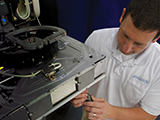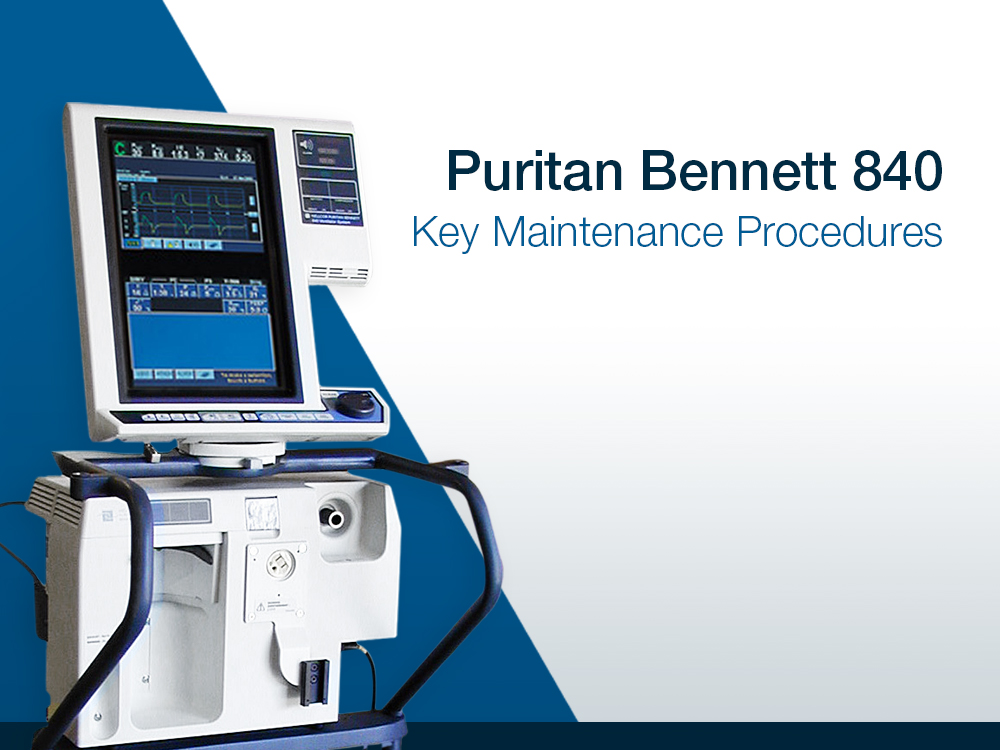How to Diagnose and Correct Bad Power in Your Imaging Facility
March 24, 2020
By Mark Muraski | Med Vest Technology
I’m sure most of us have heard the term “Bad Power.” In the simplest of terms, bad power is just a reduction in voltage quality as a result of three basic causes: Harmonics, Sag, and Swells. Let’s learn what those mean, how to measure for it, and how to correct it.
Harmonics
Harmonic frequencies are the result of power supplies, solid-state components, and frequency drives. A distortion of harmonics reduces capacitor life, motor and transformer life, and causes logic faults in machine controls. Higher harmonic frequencies of power supplies can fool control circuits, and the more numerous zero crossings of higher harmonic frequencies can falsely trigger timing operations. Harmonics, and the effect they have on frequency changing, is one of the reasons we see intermittent issues in the field. The logic gates of printed circuit boards (PCB’s) will give false outputs. In binary logic, a one might become a zero or vice versa.
Sags
Sags in power are typically the result of a unit that generates a massive power consumption anywhere from the input to the equipment all the way back to the source. This may be related to having too many pieces of equipment feeding from the same source. The power supply's reservoir capacitors don't absorb transient energy, because their wiring inductance introduces isolating impedance at the MHz-equivalent frequencies of fast-rise transients. As a result, transient energy follows the line of least resistance, which is to the power supply's output. This can lead to damaging field replaceable units (FRU’s).
Swells
Swells are just the opposite of a Sag. They can cause data errors, flickering lights, electrical contact degradation, semiconductor damage and insulation damage. Swells can destroy electronic equipment and drives. Swells can occur as a result of a single line to ground fault, which will briefly raise the voltage level of the unfaulted phases. Swells are far less commonly associated with bad power and usually are the bad component. In the field this is where the engineer would say to the customer that this component “took out” another component.
How to Diagnose Bad Power In Your Facility
The most reliable way to diagnose this is via a power monitor/analyzer. A power analyzer will record true incoming power, detecting sags, swells, harmonics and outages. An analyzer also allows you to see trends in daily activity. Perhaps unannounced late-night generator testing or other events could be causing a distortion in power. The data that will be recorded and can be sent in for analysis from a power specialty business, or specific software can be purchased. Any new room that gets installed should have this done during the first few weeks of clinical use. It can alleviate costly downtime and greatly increase the life of a system if it is found and corrected at the beginning. Downtime affects everyone’s bottom line and, more importantly, patient care.
Once it is documented that the power quality is suspect, the typical resolution is to install an online/double-conversion uninterruptible power supply. The online UPS is ideal for environments where electrical isolation is necessary or for equipment that is very sensitive to power fluctuations. In an online UPS, the batteries are always connected to the inverter, so that no power transfer switches are necessary. When a power loss occurs, the rectifier simply drops out of the circuit and the batteries keep the power steady and unchanged. When power is restored, the rectifier resumes carrying most of the load and begins charging the batteries. Online UPS’s typically have a static transfer switch, these switches monitor the incoming power through programmable line circuits with sensitive voltage and current sensors. They monitor the incoming power and determine when to switch the output from source power to the converted power.
One major pet peeve I have is the how the UPS is sold to the user. I often hear the talks of backup power and how long the room can operate on the batteries. The UPS is not designed as a backup generator. It maintains power to the equipment until hospital generators are online or when the power is more stable. The UPS internal fault protection devices if there is a massive power disturbance. The customer may ask, “why didn’t my UPS work?” The answer to this question is that it did work. Its job is to monitor and keep a clean output voltage to the system or to isolate the system from damage. In some cases that means the UPS will need to absorb the impact and protect the system. Consider it a bodyguard for the system.




